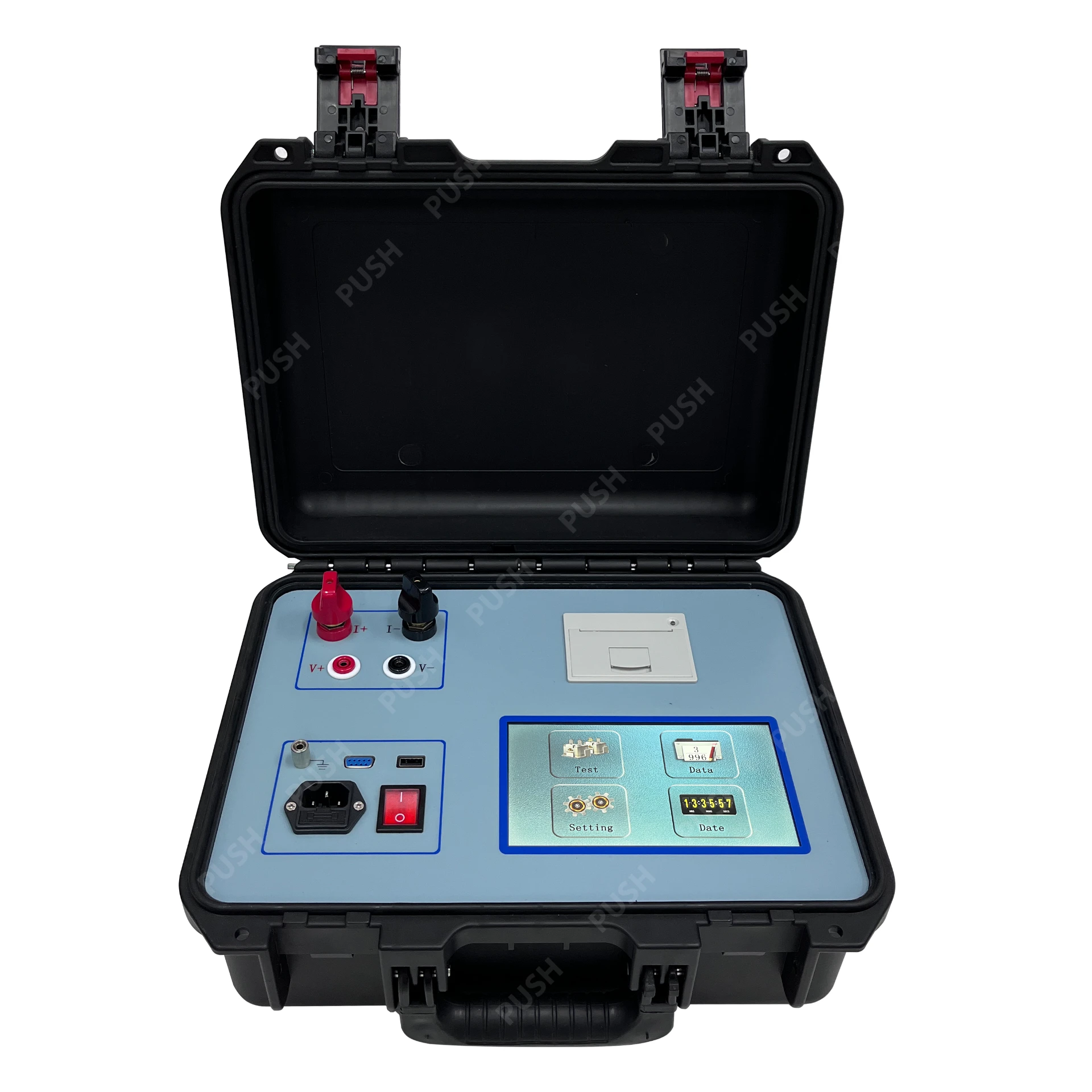 English
English


gas chromatography is used for
Gas Chromatography An Essential Tool in Analytical Chemistry
Gas chromatography (GC) is a powerful analytical technique widely used in laboratories for separating and analyzing compounds that can be vaporized without decomposition. This method has become invaluable across various fields, ranging from environmental testing to food and beverage quality control, and even in pharmaceuticals. By employing a gaseous mobile phase to transport sample components through a stationary phase, GC offers high precision and reliability in the analysis of complex mixtures.
The fundamental principle of gas chromatography lies in its ability to separate chemical substances based on differences in their volatilities and affinities for the stationary phase. In a typical GC setup, the sample is injected into the chromatograph, where it is vaporized and carried by an inert gas, usually helium or nitrogen, into a column. Inside the column, various compounds interact differently with the stationary phase, leading to their separation as they travel at different rates. The time it takes for a compound to travel through the column to the detector is called the retention time, which is characteristic of each substance and can be used for identification.
Gas Chromatography An Essential Tool in Analytical Chemistry
Moreover, gas chromatography can also be coupled with mass spectrometry (GC-MS), which enhances its analytical power by providing detailed structural information about the compounds detected. This combination allows scientists to accurately identify substances, which is vital in forensic science, metabolomics, and toxicology. GC-MS has become a standard technique in drug testing, permitting the detection of banned substances in athletes and uncovering illicit drug use.
gas chromatography is used for

In the food and beverage industry, GC is employed to ensure product quality and safety. It enables the detection of flavor compounds, preservatives, and potential contaminants such as pesticides and mycotoxins. For example, the analysis of volatile compounds in wine can provide insight into its quality and characteristics, guiding winemakers in optimizing their products. Additionally, GC can identify food adulteration, helping to maintain consumer trust and compliance with food safety regulations.
The pharmaceuticals sector also benefits significantly from gas chromatography, where it is used for the analysis of active pharmaceutical ingredients (APIs) as well as stability testing of drug formulations. Regulatory agencies require comprehensive testing of medications to ensure efficacy and safety before they can be approved for public use. GC's capacity for precise quantitative analysis helps in monitoring the composition and concentration of drugs, making it indispensable in quality control laboratories.
Despite its numerous advantages, gas chromatography is not without limitations. It is primarily suitable for volatile and thermally stable compounds, which restricts its use for non-volatile substances. Additionally, the need for sample vaporization means that certain matrices may require extensive preparation that could introduce errors.
In conclusion, gas chromatography stands as a cornerstone in analytical chemistry, enabling the separation and analysis of complex mixtures across diverse sectors. Its sensitivity, resolution, and ability to pair with mass spectrometry make it an indispensable tool for scientists and researchers committed to ensuring quality and safety in products and environments. As advancements in GC technology continue to evolve, the future promises even greater applications and enhanced analytical capabilities, driving innovation and compliance in various scientific fields.
-
Differences between open cup flash point tester and closed cup flash point testerNewsOct.31,2024
-
The Reliable Load Tap ChangerNewsOct.23,2024
-
The Essential Guide to Hipot TestersNewsOct.23,2024
-
The Digital Insulation TesterNewsOct.23,2024
-
The Best Earth Loop Impedance Tester for SaleNewsOct.23,2024
-
Tan Delta Tester--The Essential Tool for Electrical Insulation TestingNewsOct.23,2024





